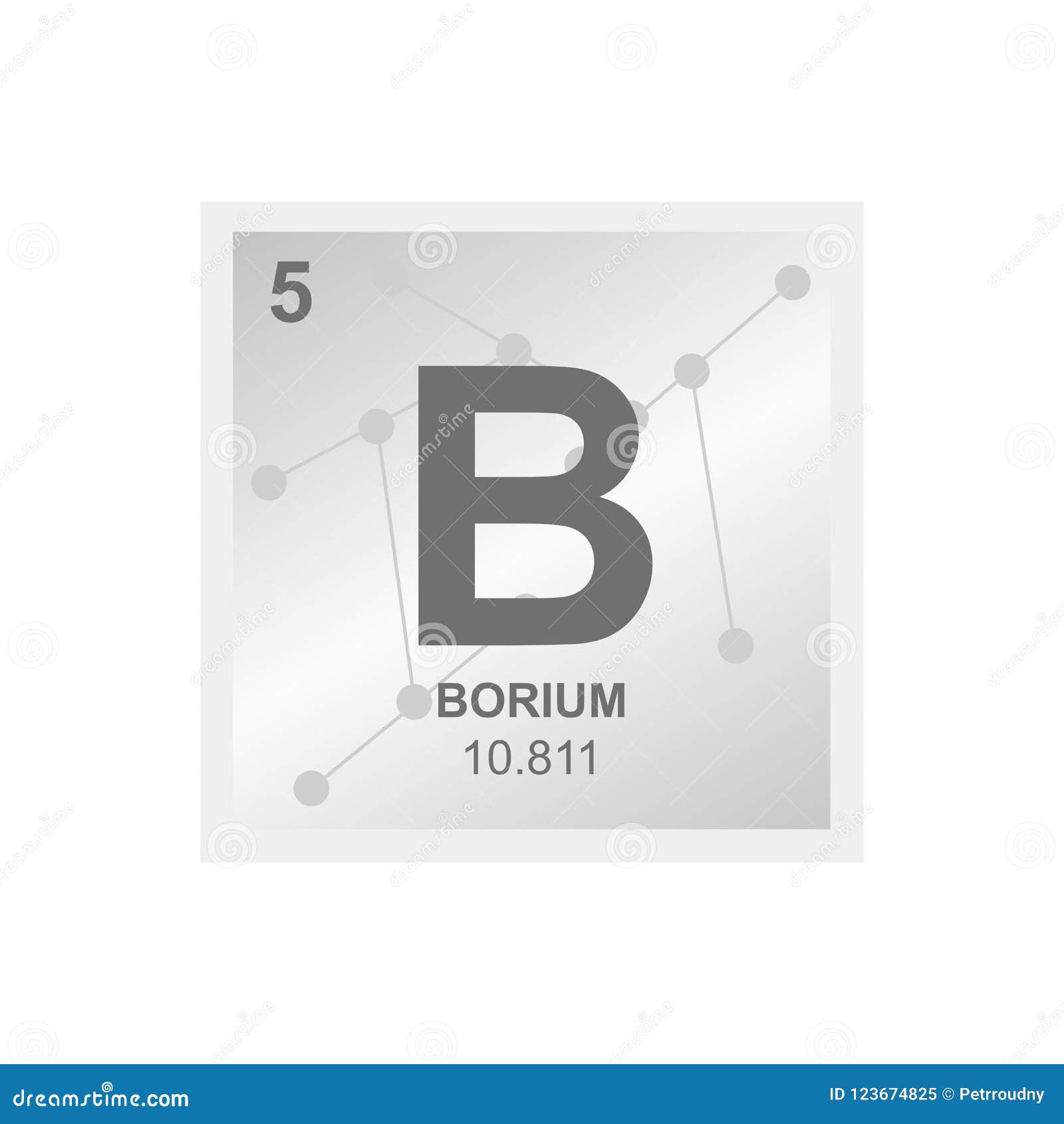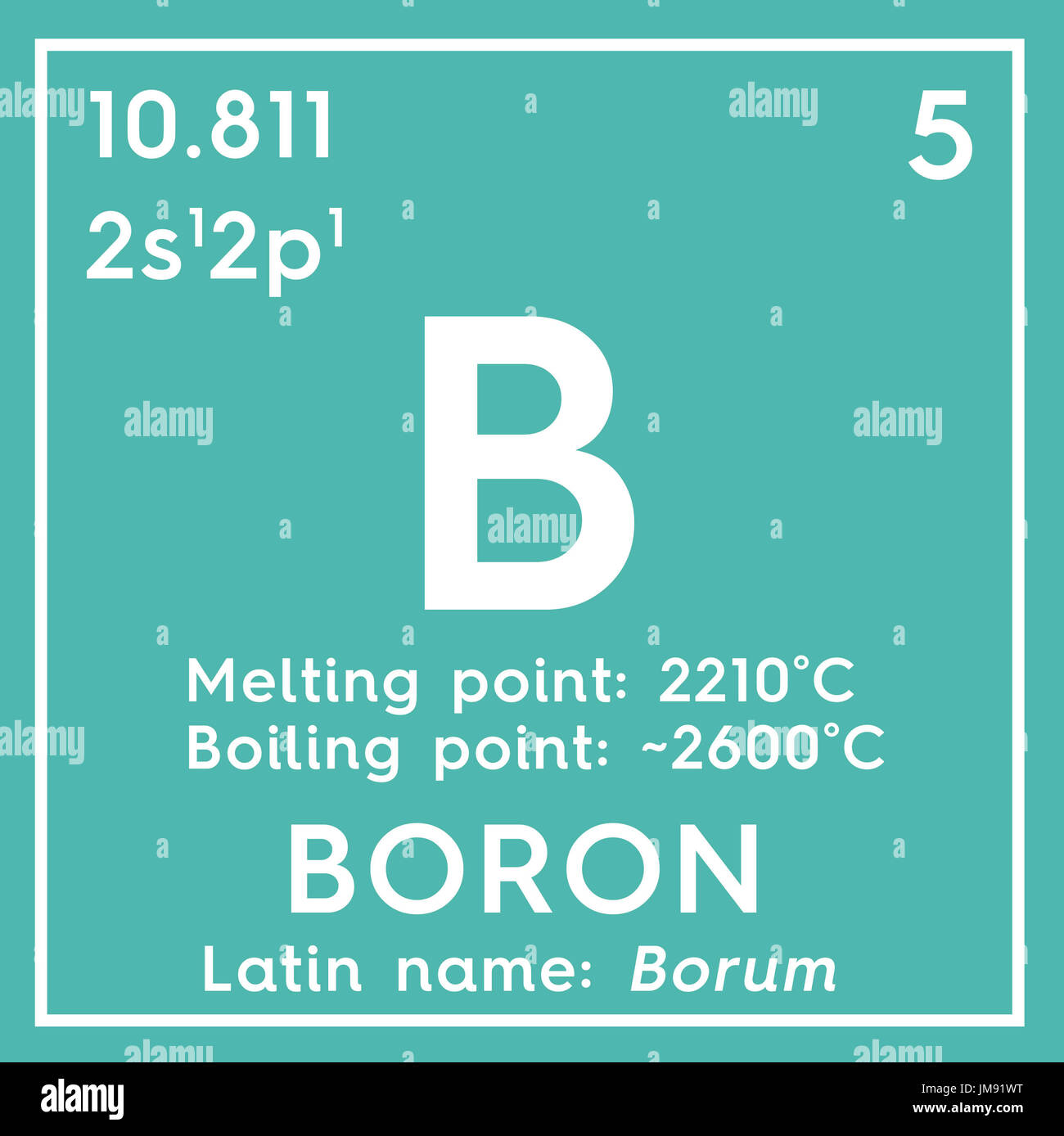

Cancer cells are abnormal cells that reproduce faster than normal The good news is that high-energy radiation can be used to kill cancerĬells. Essential body functions stop, and death occurs. Because the X rays kill so many cells, the person's bodyĬannot survive. A person exposed to high levels of X rays will become ill and mayĭie. The bad news about high-energy radiation is that it can kill healthyĬells. X rays carry a greatĭeal of energy light waves, less energy and radio waves, very little Other in the amount of energy they carry with them. These forms of radiation differ from each Light, X rays, radio waves, and microwavesĪre all forms of radiant energy. Into the core, the boron absorbs neutrons, slowing the reaction.Īdiation can kill living cells. Rods can be raised and lowered in the reactor. Too fewĬontrol rods are long tubes packed with boron (or some other element). Many neutrons can cause a fission reaction to get out of control. It is essential that just the right number of neutrons are present. Releasing large amounts of energy and smaller atoms. Nuclear fission is the process in which large atoms are split, This makes boron useful in the control rods of nuclearĪ nuclear reactor is a device for generating energy from nuclear fission Neutrons are subatomic particles with no charge that occur in One property of special importance is boron's ability to absorb The density of this powder isĪll forms of boron have very high melting points, from 2,200 to Boron can also occur as aīrown powder with no crystalline structure. Second form consists of black crystals with a metallic appearance and aĭensity of 2.31 grams per cubic centimeter. One form of boron consists ofĬlear red crystals with a density of 2.46 grams per cubic centimeter. Allotropes are forms of an element withĭifferent physical and chemical properties. One of the unusual properties of boron is the many physical forms, calledĪllotropes, in which it occurs. The names borax and boracic acid probably originated as far back as the In 1892,įrench chemist Henri Moissan (1852-1907) produced boron that was 98 Gay-Lussac were given credit for discovering the new element. ) with potassium metal to produce impure boron. They heated boracic acid (also known as boric acid, H Thênard and Gay-Lussac found a new way to separate boron from itsĬompounds. This equipment was designed especially for two French chemists, Louis He wanted them to surpass Davy in his work on metals. He ordered larger and better equipment builtįor his scientists. Napoleon Bonaparte (1769-1821) grew concerned about the scientific News of Davy's success had traveled to France, where emperor He was also working on a method to remove boron from its compounds.
#Boron chemical element how to
In 1808, English chemist Humphry Davy (1778-1829) had just learned how to It was also used to melt the ores of metalsĪnd to isolate the metals from those ores. Rhazes classified minerals into six classes, one of which was theīorax was widely used by crafts people. The orange inclusions are realgar.The first mention of boron compounds is found in a book by PersianĪlchemist Rhazes (c. This one is from the borax mine near the town Boron in California. Right: Ulexite, a complex boron mineral and one of the most important ores for boron mining. Left: Amorphous brown boron, another boron allotrope, as powder in a glass jar. Because of their bad biodegradability, the use of perborates has gone back.

Most famous probably are the perborates as bleach and as washing agent. Boron compounds have many, often very special applications, a common one is B 2O 3 for borosilicate glass. Boron has different biological functions. Crystalline boron, which is shown here, is nearly as hard as diamond (9.5 on Mohs scale, diamond has 10). Original size in cm: 2 x 3īoron is not a very frequent element and is found in nature only in compounds together with oxygen. Pure crystalline boron, front and back side. Metalloid, mass: 10.81 u, 2 stable isotopes (10, 11), abundance rank (earth/space): 37/26Ĭlick image to magnify.


 0 kommentar(er)
0 kommentar(er)
